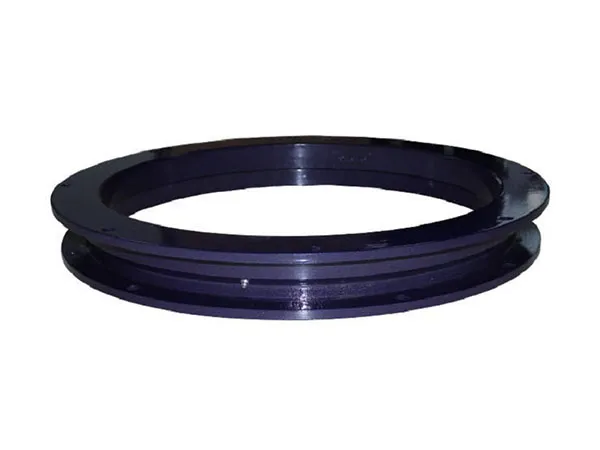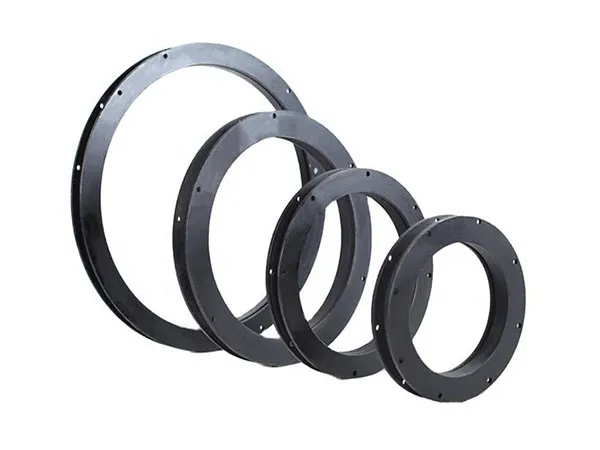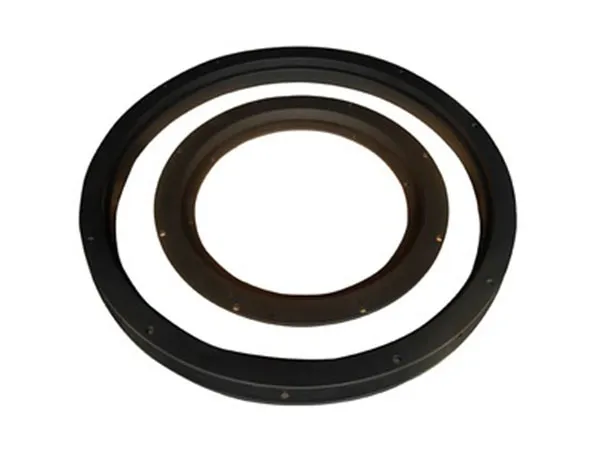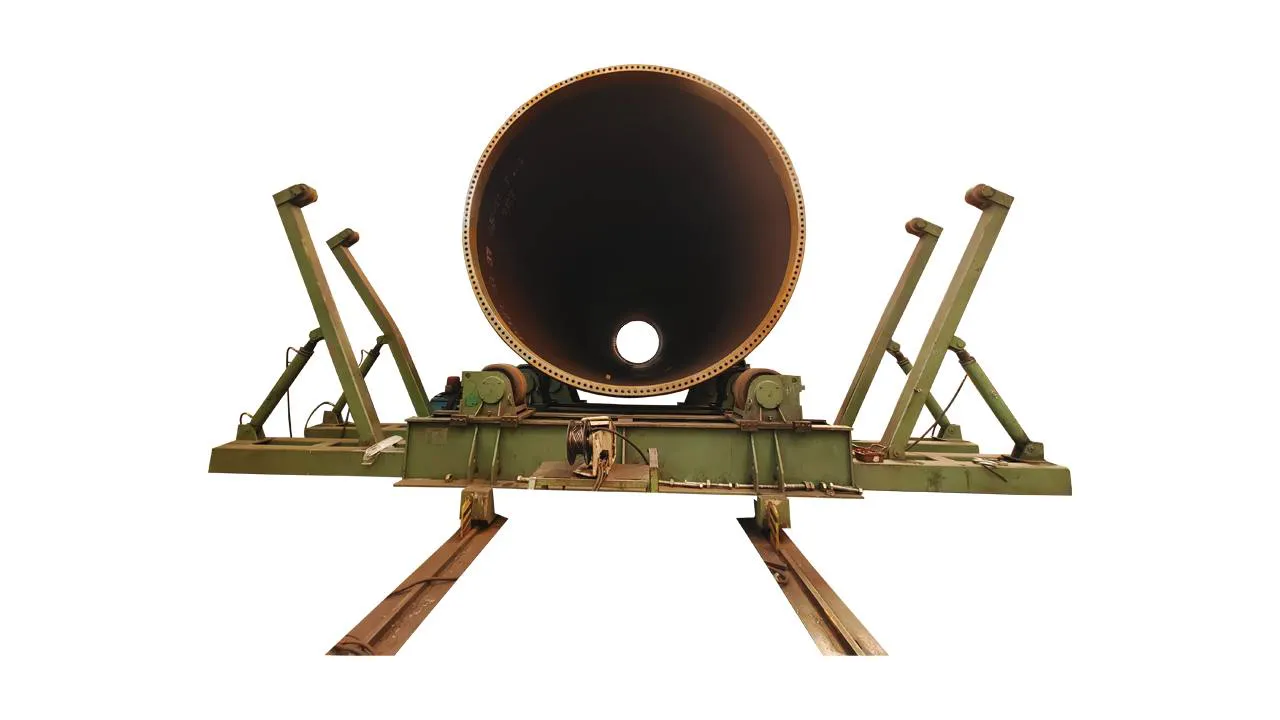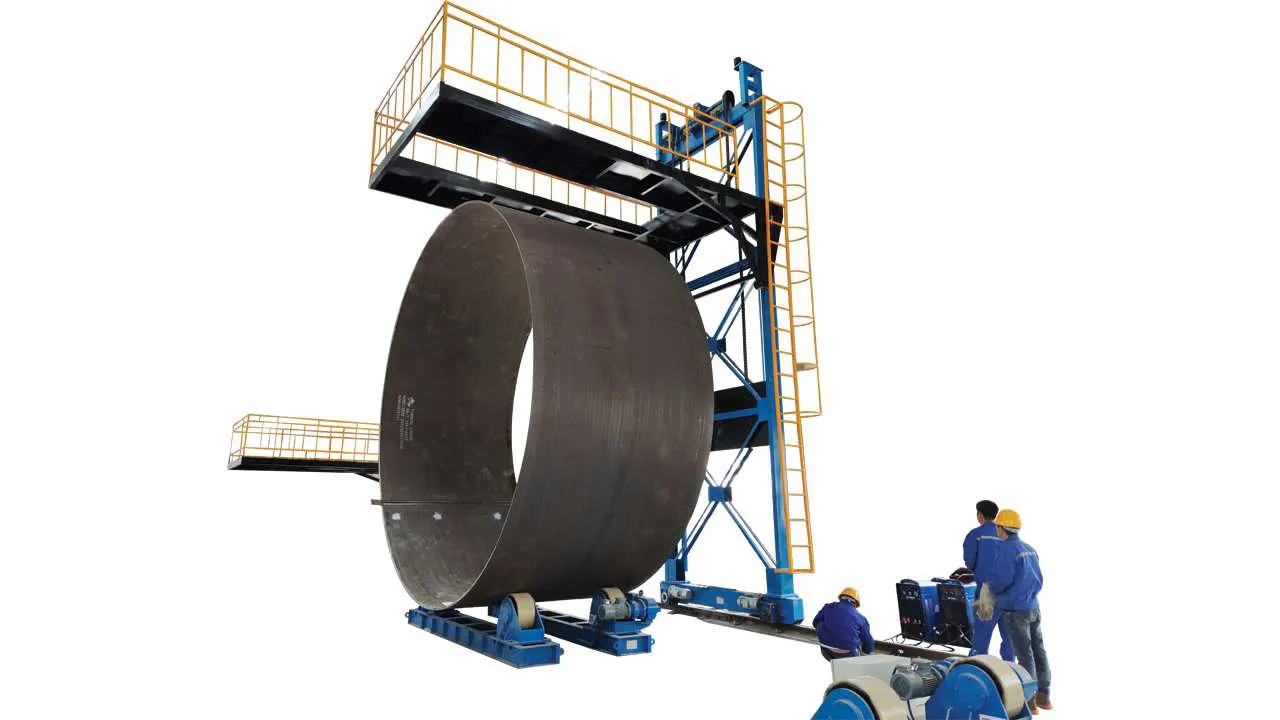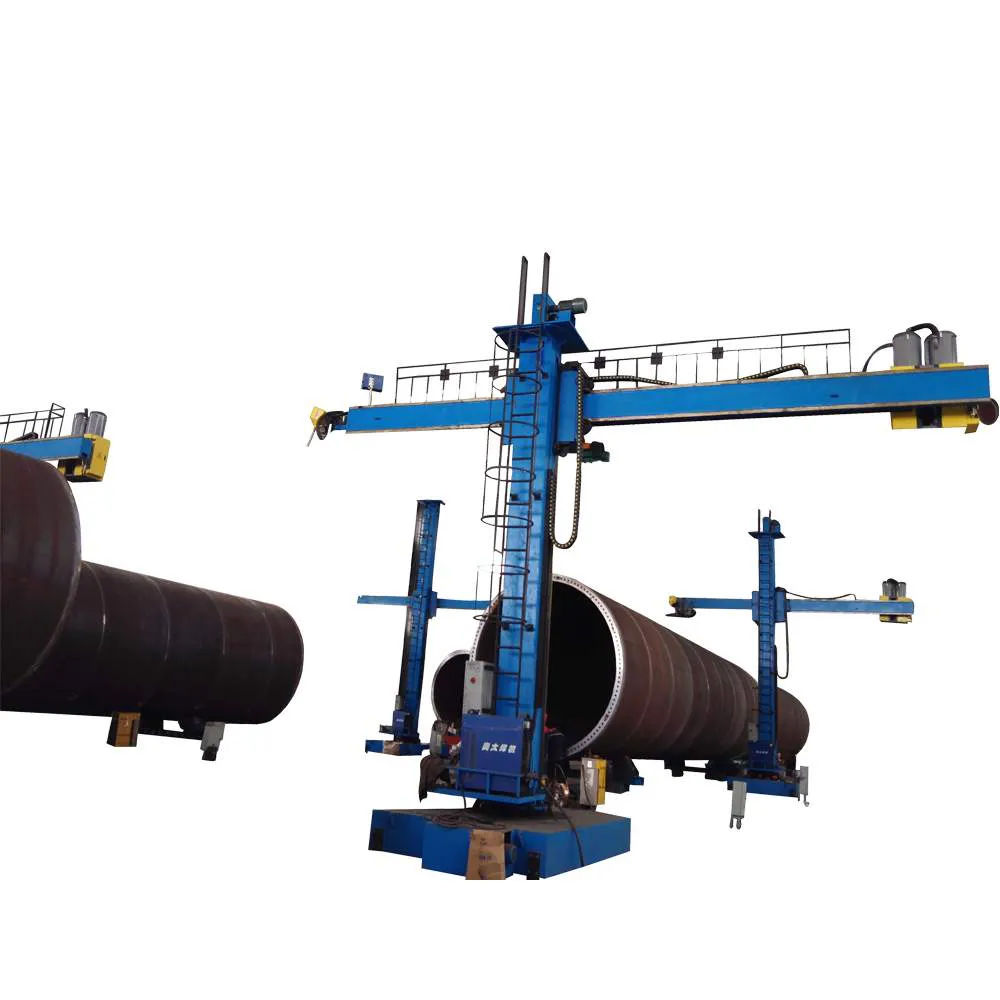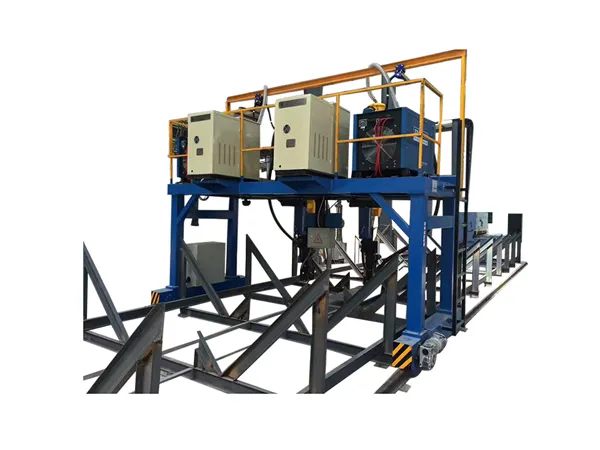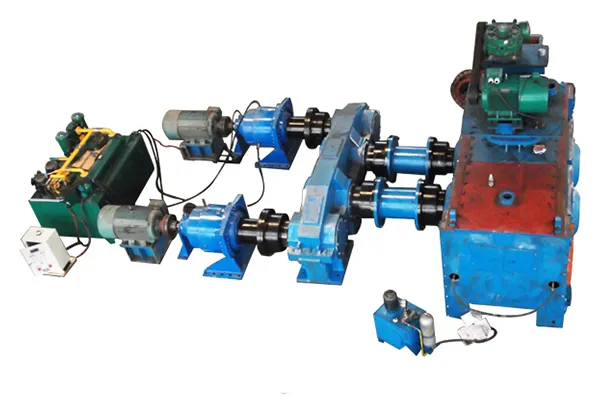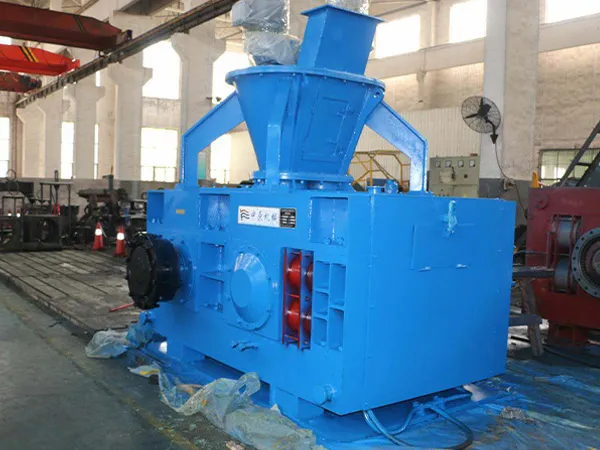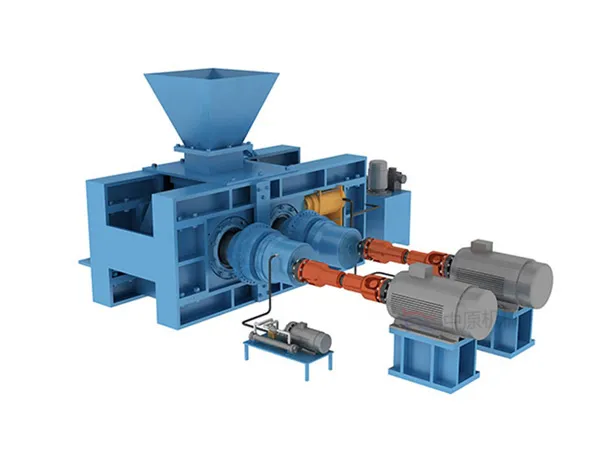Lubricating a trailer turntable bearing is a critical part of a trailer’s regular maintenance schedule. Proper lubrication ensures the bearing operates smoothly, reduces friction and wear, and prevents corrosion, ultimately extending its lifespan and maintaining the safety of the trailer.
Trailer Turntable Bearing Lubrication Guide
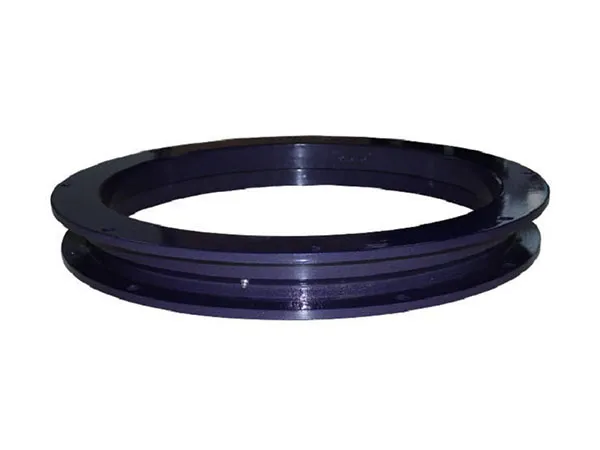
Here is a general guide to lubricating a trailer turntable bearing. Always refer to the manufacturer’s specific instructions and recommendations, as procedures and lubrication requirements can vary by model.
1. Understand the Type of Bearing and Lubricant
Turntable Bearings vs. Wheel Bearings: Be aware that the lubrication process for a turntable bearing is different from that for wheel bearings. While both require grease, the application and frequency are distinct.
Lubricant Specification: Most trailer turntable bearings require a high-quality, lithium-saponified grease. A common and effective choice is an NLGI class 2 grasa. Some manufacturers, like JOST, specify their own high-performance lubricants. Always check the manufacturer’s manual for the correct type of grease.
“Low-Maintenance” Turntables: Some modern turntable models are designed to be “low-maintenance” and may not require lubrication for a much longer period (p.ej., up to three years or 300,000 km). These are often distinguished by specific markings, such as a green type plate or a “W.” in the item number. After this period, they should be serviced like standard turntables.
2. Lubrication Procedure
Locate the Grease Nipples: Turntable bearings have multiple grease nipples (also known as zerk fittings) located around the circumference of the bearing. These are the points where you will inject the grease. Some models have a centralized lubrication manifold to make the process easier.
Attach Grease Gun: Connect a grease gun with the specified grease to the first grease nipple.
Start Pumping and Rotate: As you begin to pump the grease, slowly rotate the trailer’s A-frame or the turntable itself. This is crucial for distributing the grease evenly throughout the ball race and creating a complete “collar” of grease.
Observe for Old Grease: Continue pumping until you see fresh grease extruding from the gap between the two rings of the turntable. This indicates that the old, potentially contaminated grease has been flushed out and replaced with new, clean grease.
Clean Excess Grease: Wipe away any excess grease that comes out. While the grease collar is important for sealing the bearing against dirt and water, you don’t want a thick, sticky layer on the outside that will attract more grime.
…
More detailed information on trailer turntable bearing lubrication guide can be found at:https://www.mcslewingbearings.com/a/news/trailer-turntable-bearing-lubrication-guide.html

